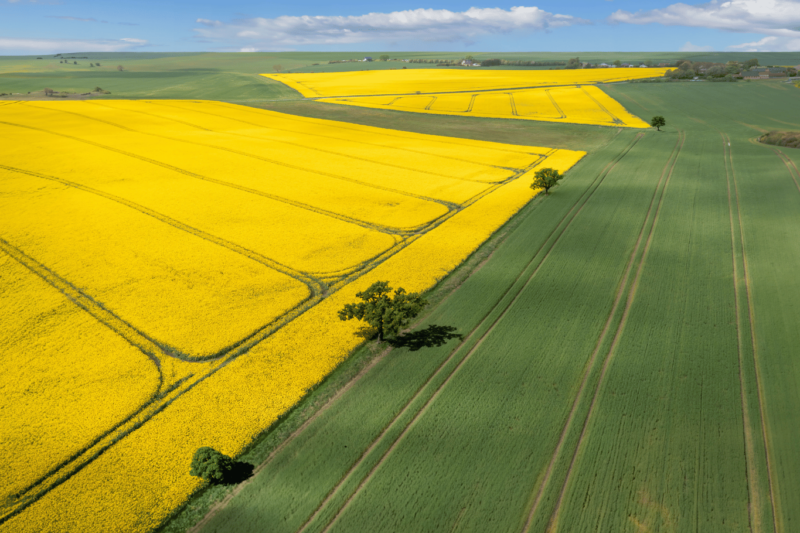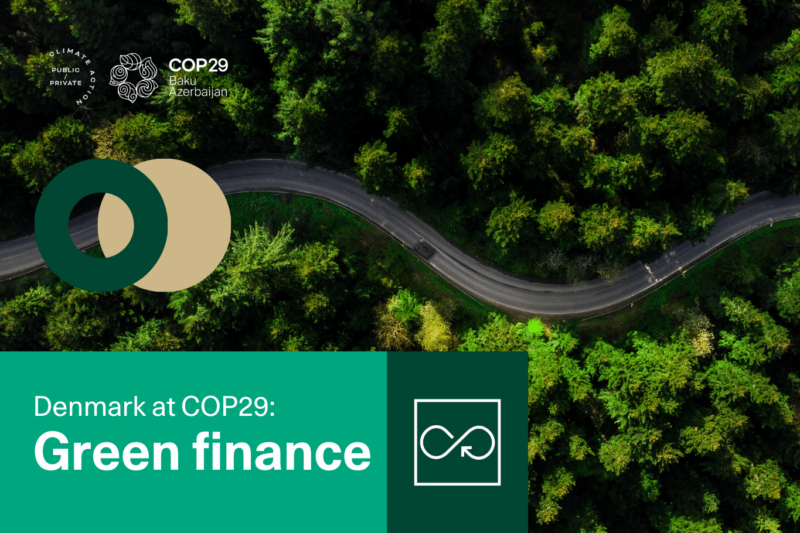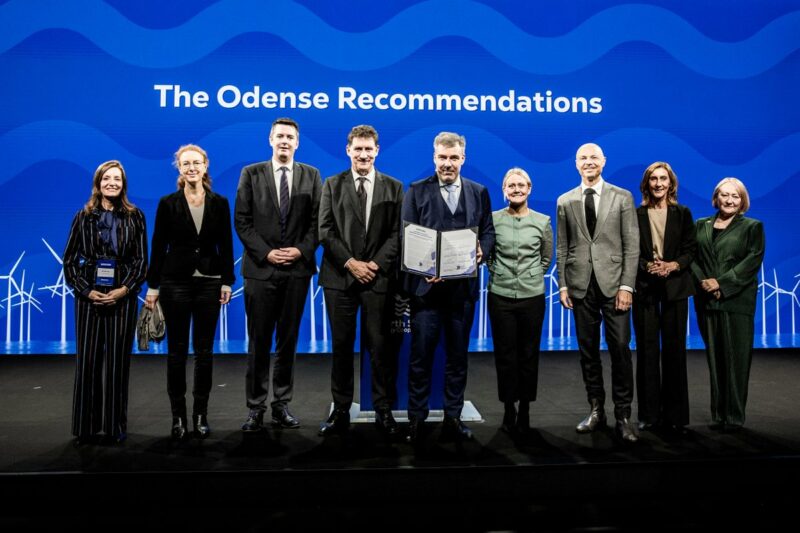Underinvestment in and inadequate maintenance of water infrastructure and stormwater management affect billions of people who do not have access to clean and safe drinking water and sanitation. By 2050, over half of the global population is projected to live in water-stressed regions and 1.6 billion in flood-prone areas. To achieve SDG 6 by 2030, the ECD estimates that EUR 950 billion (USD 1000 billion) of global investment in water infrastructure will be required.
Traditional adaptation has focused on increasing investments in ‘grey’ stormwater infrastructure (i.e., sewer system expansion and retention basins) which is often very cost-intensive and can amplify environmental risks downstream. In recent years, several Danish cities have shifted to instead focus on nature-based solutions, which provide similar benefits but are more economically and environmentally sustainable in the long term.
New co-financing measures enable cost savings and synergies
All Danish municipalities (except two) have committed to having a local climate adaptation plan to address their specific climate change-related risks. Danish experience shows that combining climate adaptation measures with existing urban development produces more resilient cities which are more attractive to live and do business in, particularly when nature-based solutions are implemented. Solutions which serve additional functions to handle rainwater (e.g. roadbeds, roads with permeable asphalt, recreational areas) are often more cost-efficient than traditional sewer expansion projects and can lead to added socio-economic or environmental benefits. Yet, constructing and operating these additional functions falls outside the scope of the wastewater utility’s responsibility. As such, Denmark has introduced new legislation allowing parties to split the cost, meaning wastewater utilities pay for stormwater management elements while municipalities or private landowners pay for aspects like recreational facilities or biodiversity initiatives. Calculations must be made to assess whether such projects are more cost-efficient than conventional ‘grey’ infrastructure ones.
Financing climate adaptation abroad
The 2021 Glasgow Climate Pact adopted at COP26 urged developed nations to at least double their collective provision of adaptation finance from 2019 levels by 2025. Denmark is committed to meeting this and leading the international fight against climate change. Through partnerships and direct financial assistance, Denmark assists many of the world’s developing countries affected by droughts or floods. In 2024, Denmark intends to elevate its grant-based climate finance to its highest level ever and has decided to increase the proportion of its official development aid (ODA) budget dedicated to climate finance to 30 percent, 60 percent of which will be directed towards climate adaptation.


















